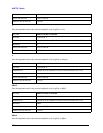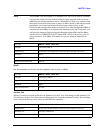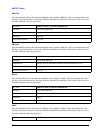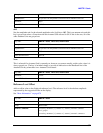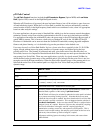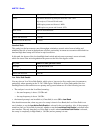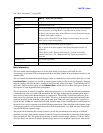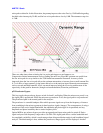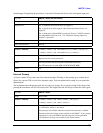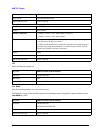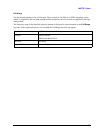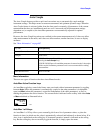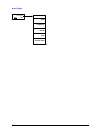
881
AMPTD Y Scale
See “More Information” on page 881
More Information
The user should understand that the Low Noise Path, while giving improved DANL, has the
disadvantage of decreased TOI performance and decreased gain compression performance relative to the
standard path.
The user should also understand that the bypass switch is a mechanical switch and has finite life, so if the
Low Noise Path is enabled, it is possible to cause frequent cycling of this switch by frequently changing
analyzer settings such that the above conditions hold true only some of the time. A user making tests of
this nature should consider opting for the
Standard Path, which will never throw the bypass switch, at
the expense of some degraded noise performance.
The low noise path is useful for situations where the signal level is so low that the analyzer performance
is dominated by noise even with 0 dB attenuation, but still high enough that the preamp option would
have excessive third-order intermodulation or compression. The preamp, if purchased and used, gives
better noise floor than does the “Low Noise Path.” However, its compression threshold and third-order
intercept are much poorer than that of the non-preamp path. There are some applications, typically for
signals around 30 dBm, for which the third-order dynamic range of the standard path is good enough, but
the noise floor is not low enough even with 0 dB input attenuation. When the third-order dynamic range
of the preamp path is too little and the noise floor of the standard path is too high, the Low Noise Path
can provide the best dynamic range
The graph below illustrates the concept. It shows, in red, the performance of an analyzer at different
attenuation settings, both with the preamp on and off, in a measurement that is affected by both analyzer
noise and analyzer TOI. The green shows the best available dynamic range, offset by 0.5 dB for clarity.
The blue shows how the best available dynamic range improves for moderate signal levels with the low
Key Path: AMPTD Y Scale, µW Path Control
Measurement: Swept SA
Example: :POW:MW:PATH LNP
Notes: For measurements that use IQ acquisition, the low noise path is used when the
Center Frequency is in High Band (> 3.6 GHz) and no preamp is in use.
In other words, the rules above are modified to use only the center frequency
to qualify which path to switch in.
This is not the case for FFT’s in the Swept SA measurement; they use the
same rules as swept measurements.
Dependencies: Key is blanked if current mode does not support it.
Key is grayed out if mode supports it but current measurement does not
support it.
Unless Option LNP is present and licensed, key is blank and if SCPI
command sent, error –241, "Hardware missing; Option not installed" is
generated.
Readback Text: Low Noise Path Enable
Initial S/W Revision: A.04.00




